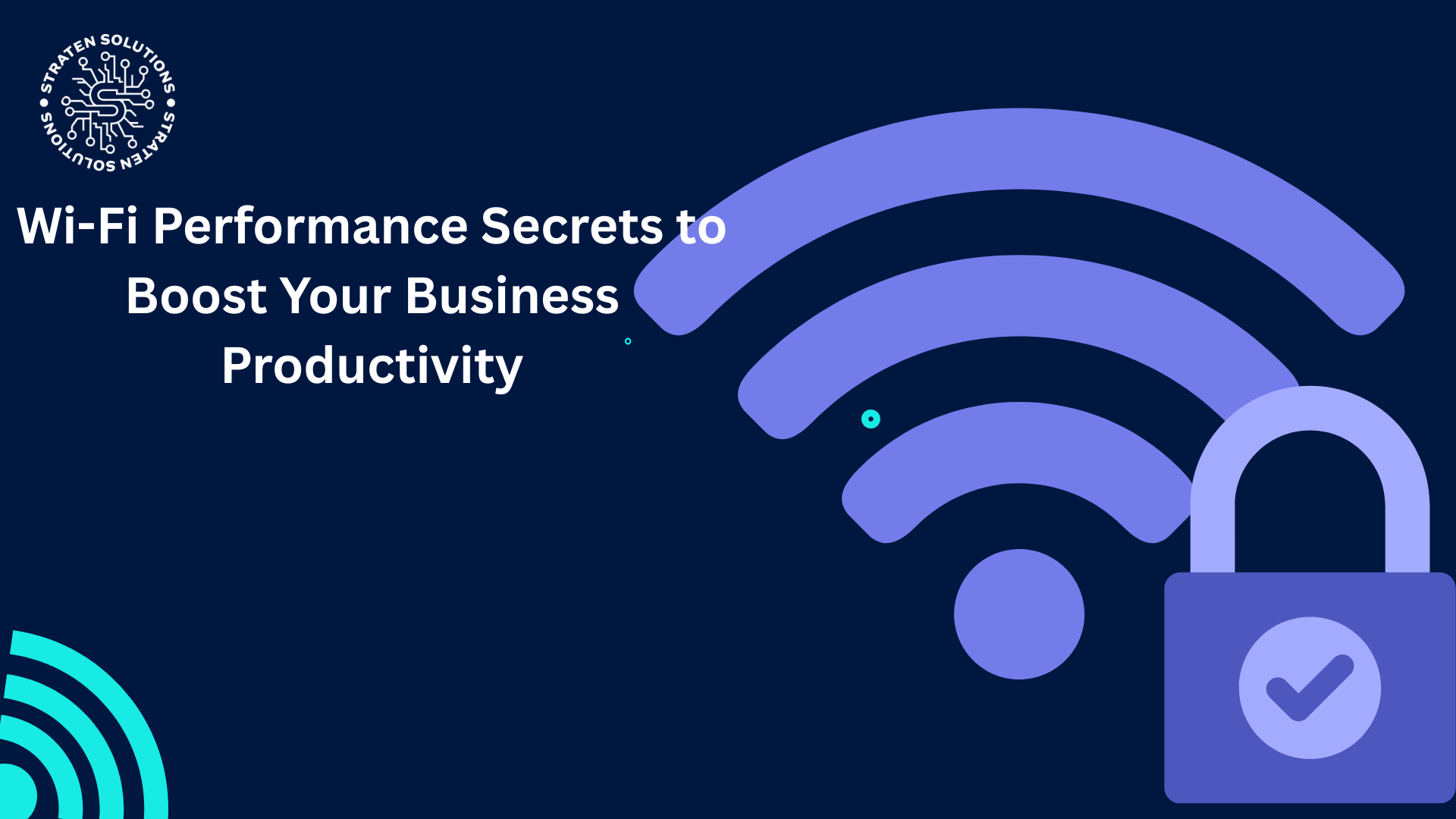
Nothing disrupts your workday quite like unreliable Wi-Fi. One moment everything’s running smoothly, and the next, video calls freeze, files won’t upload, and the team struggles to meet deadlines because everything’s slowed down. Being stuck in this situation is exhausting, killing productivity, and impacting the entire business.
When slowdowns happen regularly, frustration quickly grows. But here’s the good news: most businesses don’t need to completely overhaul their entire system. Usually, just a few smart adjustments to your network can restore your connection.
You don’t need a large IT department to see real results. The right IT partner can identify network bottlenecks, recommend smart upgrades, and transform sluggish Wi-Fi into a fast, dependable system your team can rely on daily.
Why Stable Connection Is Essential for Your Business
These days, everything we do at work depends on the internet, including:
- Video meetings
- Cloud-based apps
- Real-time messaging
- Smart devices like printers or coffee machines
Slow connections are not just an inconvenience; they slow down your entire workflow. A reliable and fast network is no longer a luxury, but the foundation of a productive workplace.
Check These 6 Signs to Know If Your Network Needs Help
Curious about how your network is really performing? These six factors will give you a clear picture:
- Speed: Can your team upload, download, and stream without delays?
- Lag: Notice a delay between clicking and things happening? That’s a lag.
- Dropouts: If your Wi-Fi signal keeps cutting out, that’s a problem.
- Jitter: On calls, if voices sound garbled or video stutters, jitter is likely to blame.
- Coverage: Dead zones around the office? You may need more access points.
- Security: Unknown devices connecting? That’s a red flag for performance and safety.
8 Smart Tips to Boost Your Network’s Performance
If your connection keeps freezing during important client meetings or it takes too long to download apps, it can seriously hurt your business’s revenue and reputation if it goes on.
Here are eight ways to optimize your network performance:
1. Upgrade Your Hardware
If your router or firewall has been around for years, it may be due for an upgrade. Aging hardware can bottleneck even the fastest internet plans.
Choose modern equipment built to meet today’s needs and scale for the future.
2. Give Priority to What Matters Most
Ever noticed your Zoom call lag when someone’s streaming Netflix? That’s where Quality of Service (QoS) helps—prioritizing critical traffic like video and voice calls so they always get the bandwidth they need.
3. Divide Your Networks
Dividing a network into smaller segments can be likened to creating separate lanes to prevent traffic jams. This segmentation reduces congestion and enhances security. If one segment encounters issues and goes down, the remaining segments continue to function, allowing for uninterrupted operations. Additionally, this approach enables different departments to work efficiently without interfering with one another, fostering a more productive environment overall.
4. Balance Serve Load
Distributing the server load allows you to spread the workload evenly across multiple servers, preventing any single server from becoming overwhelmed. This approach ensures that systems operate smoothly during peak hours and helps your team maintain productivity without interruptions.
5. Adjust Your Setup for Efficiency
Slow internet can often result from improper settings. Regularly check your router, switch, and firewall. Utilizing network monitoring tools can help you quickly identify and resolve any issues.
6. Watch for Threats Before They Slow You Down

An Intrusion Detection System (IDS) keeps an eye out for unusual activity that might be slowing down your network. If someone tries to sneak in or overload your system, you’ll catch it early, before it turns into a bigger problem. It quietly works behind the scenes, protecting your system and keeping your connection steady.
7. Build in a Backup Plan
Ensuring a backup internet connection or additional equipment allows your team to maintain productivity in the event of an outage. Instead of pausing operations while waiting for the internet to return, your business can continue functioning smoothly. This approach is a straightforward and cost-effective strategy that small businesses can implement with ease, effectively preparing for potential slowdowns or unforeseen issues.
8. Tune Up Your Protocols
Not all businesses utilize the same types of internet traffic. If your network protocols are outdated or not properly configured, they can cause slow performance. Updating these protocols to better manage data flow can lead to significant improvements, especially for businesses that depend on real-time data, such as customer service, trading, or e-commerce.
Ready for a Real Fix? Call in the Pros
You’ve got better things to do than deal with dropped signals or choppy calls, and that’s where we come in to assist.
We ensure your network operates smoothly and remains interruption-free. Whether you are managing complex operations or leading a large team, we will assist you in building a Wi-Fi network that is fast, secure, and reliable.
Here’s what we have to offer:
- Clean, modern hardware setups
- Smarter configurations tailored to your needs
- Proactive security and support
- Solutions that scale as you grow
We don’t make quick fixes; we do it right. Let us take the pressure off. Contact us today, and we’ll help turn your slow, unreliable network into one your team can count on, so you can stay focused, work faster, and keep things moving forward.






